| Structure | Name/CAS No. | Articles |
|---|---|---|
 |
2-Nitrobenzoic acid
CAS:552-16-9 |
|
 |
Pyrogallol
CAS:87-66-1 |
|
 |
Disodium hydrogenorthophosphate
CAS:7558-79-4 |
|
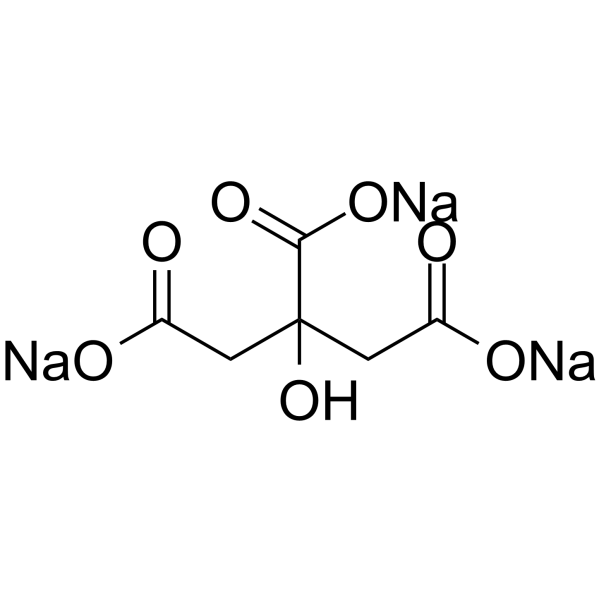 |
Sodium citrate
CAS:68-04-2 |
|
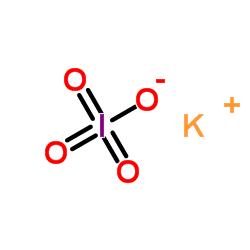 |
Potassium periodate
CAS:7790-21-8 |
|
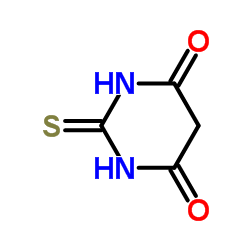 |
4,6-Dihydroxy-2-mercaptopyrimidine
CAS:504-17-6 |
|
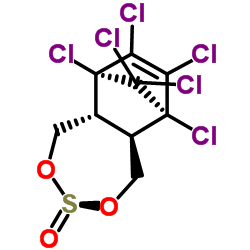 |
Endosulfan
CAS:115-29-7 |
|
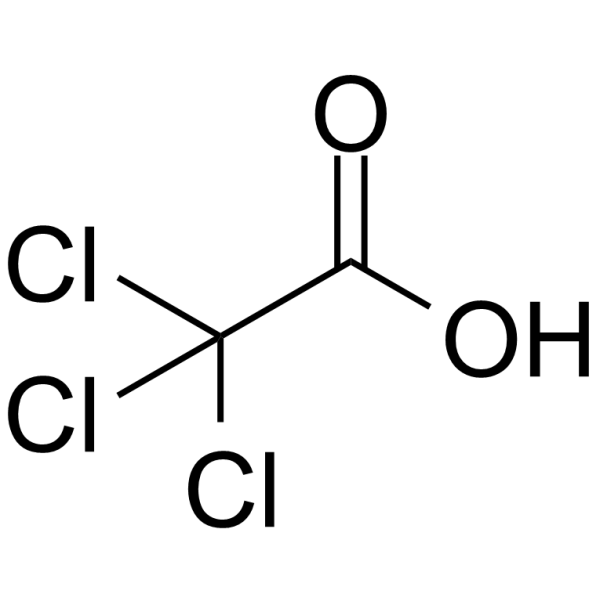 |
Trichloroacetic acid
CAS:76-03-9 |
|
 |
Ethylenediaminetetraacetic acid
CAS:60-00-4 |
|
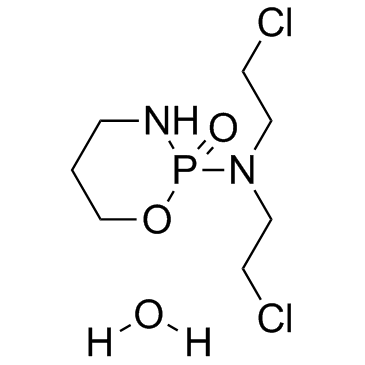 |
Cyclophosphamide (hydrate)
CAS:6055-19-2 |